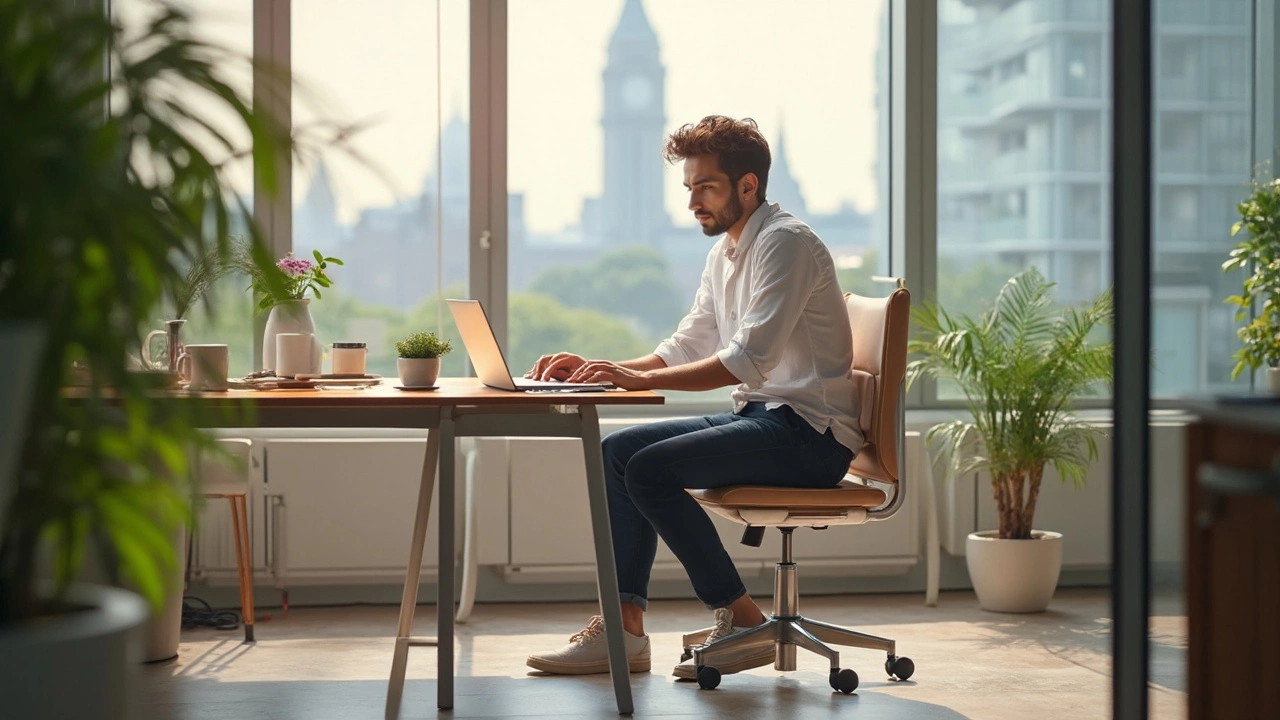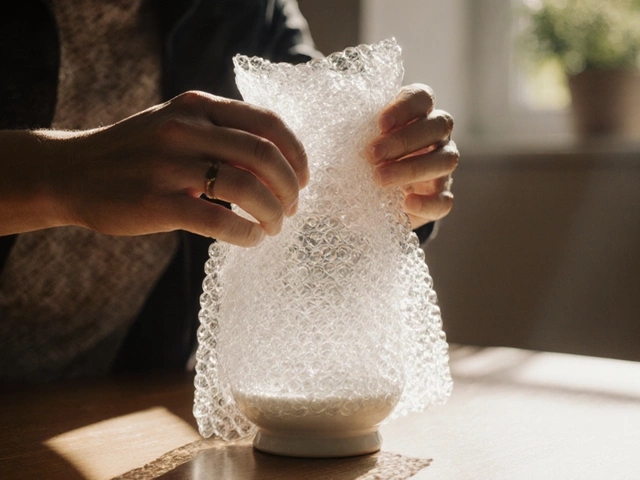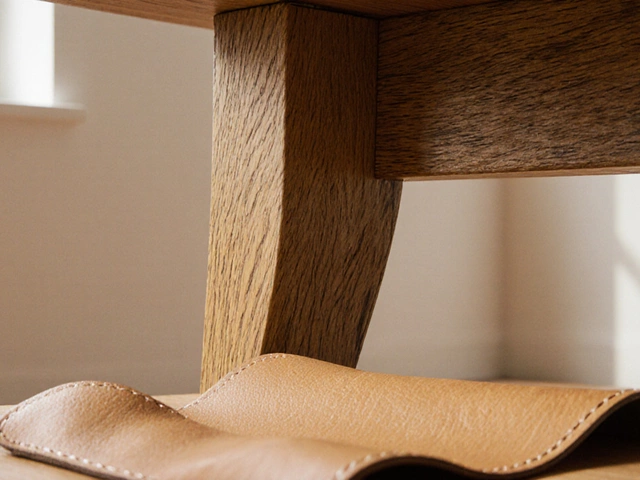Sitting on a stool all day sounds pretty straightforward, right? Seriously, no fancy knobs, no armrests to mess around with—just grab your seat and get to work. But here’s the thing: your back and legs might have a different opinion.
First off, stools force you to balance more than a standard office chair. They usually don’t have back support, so you end up using your core muscles whether you want to or not. Some people say this keeps their posture in check, but it can also leave you sore and slouching after a couple of hours, especially if you’re not used to it.
You might not notice much after one day, but give it a week and your lower back or hips could start complaining. Movement is key—just because a stool is easy to hop on and off doesn’t mean you can skip breaks. Listen to your body; if your legs are tingling or your back’s stiff, it’s a clear sign to stand up, stretch, or walk around for a bit.
- How Sitting on a Stool Affects Your Body
- The Good and the Bad: Stool vs. Office Chair
- Who Actually Benefits from Sitting on a Stool?
- Simple Tips to Make Stool Sitting Safer
- When It’s Time to Switch Things Up
How Sitting on a Stool Affects Your Body
So what actually happens when you spend hours perched on a stool instead of a regular office chair? First up, you lose most of the back support you’d get from a usual office seat. That leaves your core muscles doing way more work to keep you upright. At first, this might seem like a great ab workout, but over time you’re likely to feel stiff or sore in your lower back and hips because those muscles aren’t meant to work nonstop all day.
Another thing: your sitting posture can take a hit. Without armrests or a high back, it’s easy to catch yourself slumping forward or leaning awkwardly. As your core muscles get tired, you naturally start to slouch, which puts extra strain on your spine, neck, and even your shoulders. Long-term, this can mess with your posture and cause the kind of back pain that just won’t quit.
Sitting without real support leads to a lot of shifting around. This might sound like a good thing at first—keeping your blood flowing and all—but if your feet dangle or you perch on the edge, you can cut off circulation in your legs and feet. That’s why some folks using stools notice tingling, numbness, or swollen ankles after a long day.
Here’s a quick look at how using a stool stacks up to the standard office chair when it comes to your body:
| Feature | Stool | Office Chair |
|---|---|---|
| Back Support | No | Yes |
| Core Muscle Use | High | Low to medium |
| Posture Help | Depends on user | Often built in |
| Circulation in Legs | Can be reduced if not set up right | Usually good, if adjusted |
If you want to keep using a stool, remember: listen to your body. Soreness is your body’s way of telling you it’s had enough. Mix things up, stand often, and don’t rely on a stool for marathon desk sessions.
The Good and the Bad: Stool vs. Office Chair
So, is it better to sit on a stool or settle into an office chair for those eight-hour shifts? Both have their moments, but there are some real-life ups and downs to each.
Let’s look at the upsides of stools. You’re less likely to slouch right away because stools keep you alert. It takes a little work from your body to stay upright, so your core and back muscles can get a low-key workout. Some people with standing desks use stools as a way to hover between sitting and standing, and that can break up hours of being in one position. On top of that, stools don’t take up much space and they’re pretty easy to move around if you need to switch spots in your home office.
BUT—and it’s a big one—going all day on a stool is tough on your backside and your spine. No backrest means your lower back is out there on its own, so you’re more likely to slump as you get tired. This can lead to back pain and tight hip flexors. And let’s not forget about the actual seat: stools are usually harder, and they don’t cradle your body the way many office chairs do. If you’re not careful, you might mess up your posture without even noticing.
For a clear breakdown, check out this quick comparison:
| Stool | Office Chair | |
|---|---|---|
| Back Support | No | Yes |
| Posture Engagement | High (core needed) | Moderate |
| Space Saving | Yes | No |
| Adjustability | Low | High |
| Long-term Comfort | Low | Higher |
If comfort and back support matter, an office chair wins, hands down. But if you want to work your core a little or you’ve got a very cramped space, the stool pulls ahead. Most people find that, for long hours, nothing beats sitting back once in a while and letting a supportive chair take over.
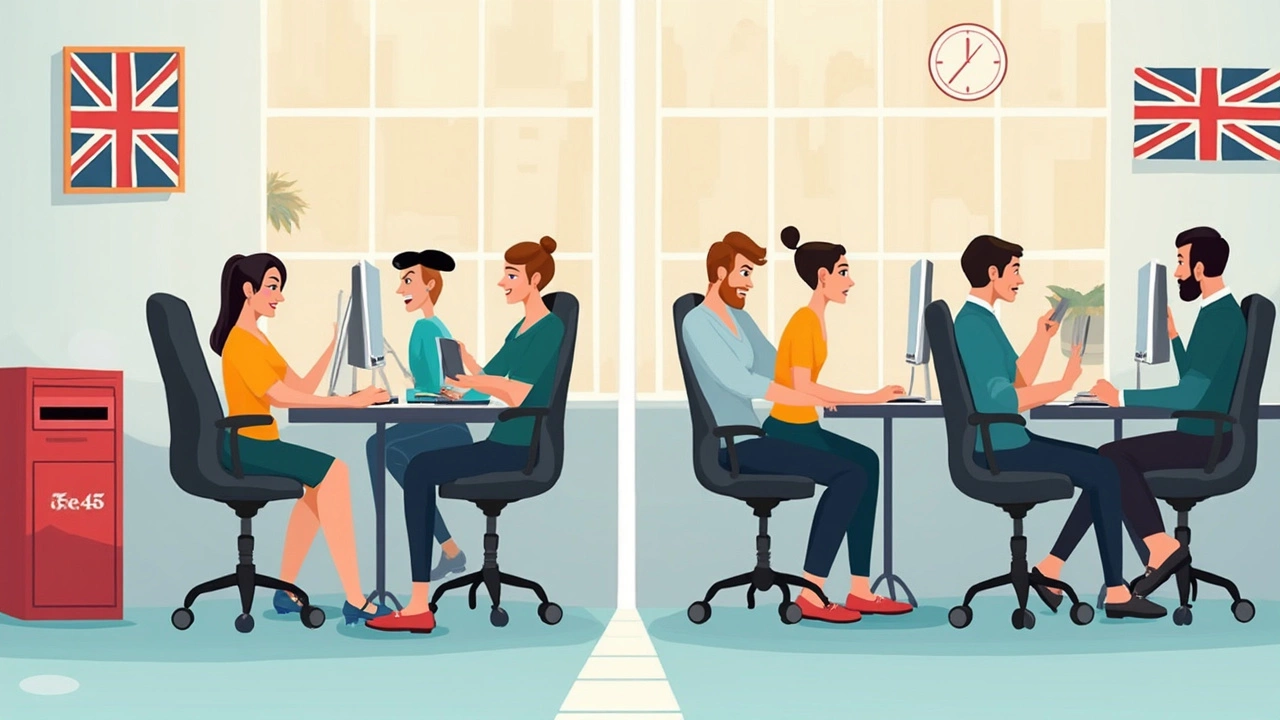
Who Actually Benefits from Sitting on a Stool?
Not everyone enjoys sitting on a stool all day, but there are a few groups who legitimately benefit. Creative folks like artists, architects, and lab technicians seem to get the most out of using a stool at work. That’s because stools let you scoot, spin, or switch between standing and sitting fast. You won’t see many traditional office staff making the swap, but for hands-on tasks, stools actually make sense.
People who need to stay mobile at their workstation — like people in hair salons, repair shops, or even medical settings — swear by them. When you’re moving a lot, a rolling stool is way less clunky than a big, heavy office chair. Even in my daughter Brielle’s art class, stools made it simple for everyone to reach supplies and turn around for feedback without fussing with levers or armrests.
If you struggle with slouching in traditional chairs, perching on a stool can make you more mindful of your posture. Some studies have found that ergonomic stools can help activate core muscles more than normal chairs, especially active stools with a bit of wobble or height adjustability.
But here’s a reality check: stools aren’t a miracle fix for everyone. If you already have back pain, low stamina, or issues with your legs, a stool can make things worse over time. And of course, for anyone who’s at their desk for eight or more hours, switching between sitting and standing throughout the day is still the best move.
Here’s a quick look at who gets the most out of sitting on a stool:
- People who shift between tasks a lot (think makers, artists, mechanics).
- Anyone needing more freedom of movement at their desk or counter.
- Folks who want to encourage better posture and activate core muscles.
- Those who mix up sitting, perching, and standing during the workday.
And by the way, a small 2023 survey of 200 lab workers found that 68% preferred stools for short bursts because they could slide between microscope and computer quickly. But most still swapped to a supported chair for longer computer work. So: stools work best when you’re using them for the right jobs, not just for the sake of ditching your regular chair.
Simple Tips to Make Stool Sitting Safer
If you’re set on using a stool for your workday, don’t just tough it out—make it work smarter for your body. Here’s what you want to do to stay comfortable and reduce the risk of back and joint trouble.
- Choose a stool with an adjustable height. Your feet should rest flat on the floor with your knees at about hip level. Sitting too high puts pressure on your thighs and can cut off circulation. Too low, and you'll hunch—bad news for your posture.
- Add a cushion if the seat’s hard. Even a basic gel pad or foam cushion goes a long way to take pressure off your tailbone and hips. Don’t laugh—office supply stores sell these for a reason.
- Take breaks every 30-60 minutes. The experts at Harvard Health say that standing up and stretching at least once an hour can lower your risk of joint and muscle pain. Use a timer if you need a reminder.
- Mind your workstation setup. Keep your screen at eye level. If you’re reaching up or down for your keyboard, you’re setting yourself up for shoulder and neck pain. Grab some books and raise your monitor, or lower your stool if possible.
- Use a footrest when needed. Some folks find their legs dangling, which kills comfort fast. If your feet can’t stay flat, use a footrest or even a sturdy box under your desk.
Here’s a quick look at what happens with poor stool habits vs. safe ones:
| Unsafe Habit | Common Effect | Safer Option |
|---|---|---|
| Feet not flat | Numbness in legs | Flat feet, footrest if needed |
| No breaks | Stiff back & sore hips | Standing/stretching every hour |
| Hard seat | Tailbone pain | Add cushion or pad |
The bottom line: if you want to sit on a stool all day, mix up your posture, keep things comfortable, and don’t ignore any aches. Your body will thank you—and you might actually stick with the new setup.
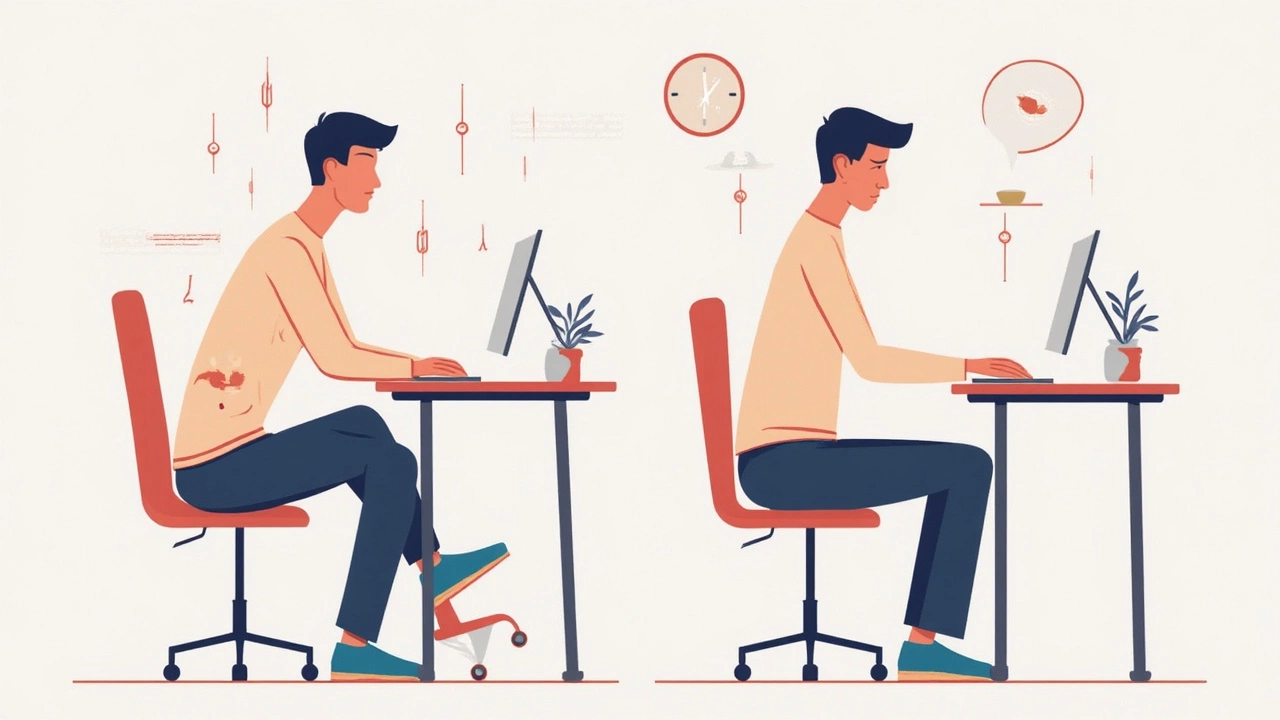
When It’s Time to Switch Things Up
If you notice aches showing up in your lower back or if you find yourself constantly shifting to get comfortable, it’s probably time to rethink sitting on a stool all day. There’s a reason most offices still stick with office chairs —research has found they help reduce back pain especially during long workdays. The American Physical Therapy Association put it in plain words:
"Extended sitting without back support can increase strain on the spine, potentially leading to discomfort or injury over time."
Symptoms that mean you should stand up and reconsider your setup include:
- Persistent stiffness or soreness by the end of your work session
- Legs tingling or feet going numb (which means your circulation isn’t happy)
- Worse posture as the day goes on—if you find yourself slumping, that’s not normal
- Needing breaks more often than usual just to stay focused
A 2023 study published in the Journal of Ergonomics found that people who alternated between a stool and a standard office chair reported 28% fewer complaints about lower back pain by the end of the week compared to those who just used a stool.
| Seating Option | Average Back Pain Complaints/week |
|---|---|
| Stool Only | 4.3 |
| Stool + Office Chair | 3.1 |
| Office Chair Only | 2.6 |
The bottom line? Swap things up if your body keeps dropping hints that the stool isn’t cutting it anymore. You don’t have to go all-in on one type of seat—switching between a stool and a supportive office chair, or even switching to standing for part of the day, keeps your muscles happier and your mind sharper.
If you’re someone who’s stubborn about sticking to just a stool, set an alarm to remind you to stand every 45 minutes—trust me, your back will thank you. Don’t ignore regular aches, and don’t wait until the pain gets in the way of your everyday tasks. Addressing the warning signs early is the smart way to protect your long-term health and comfort at your workstation.
